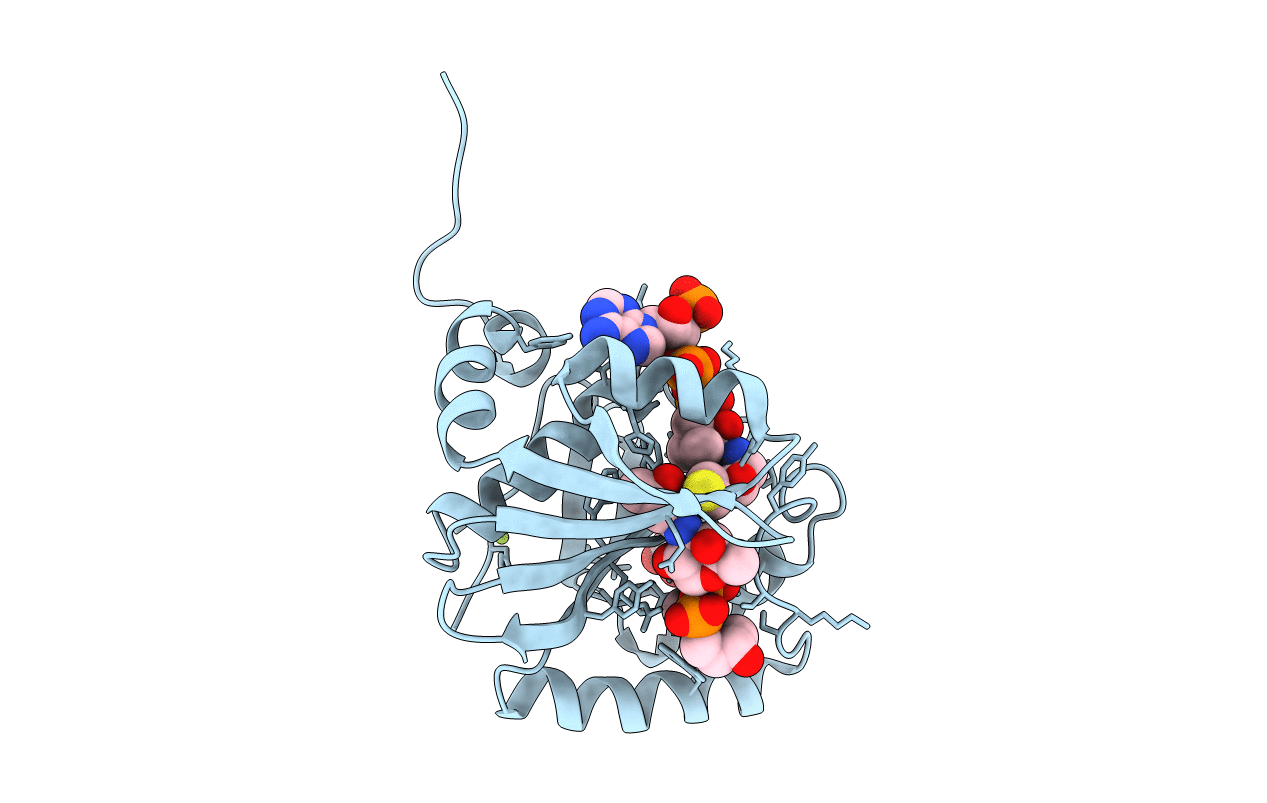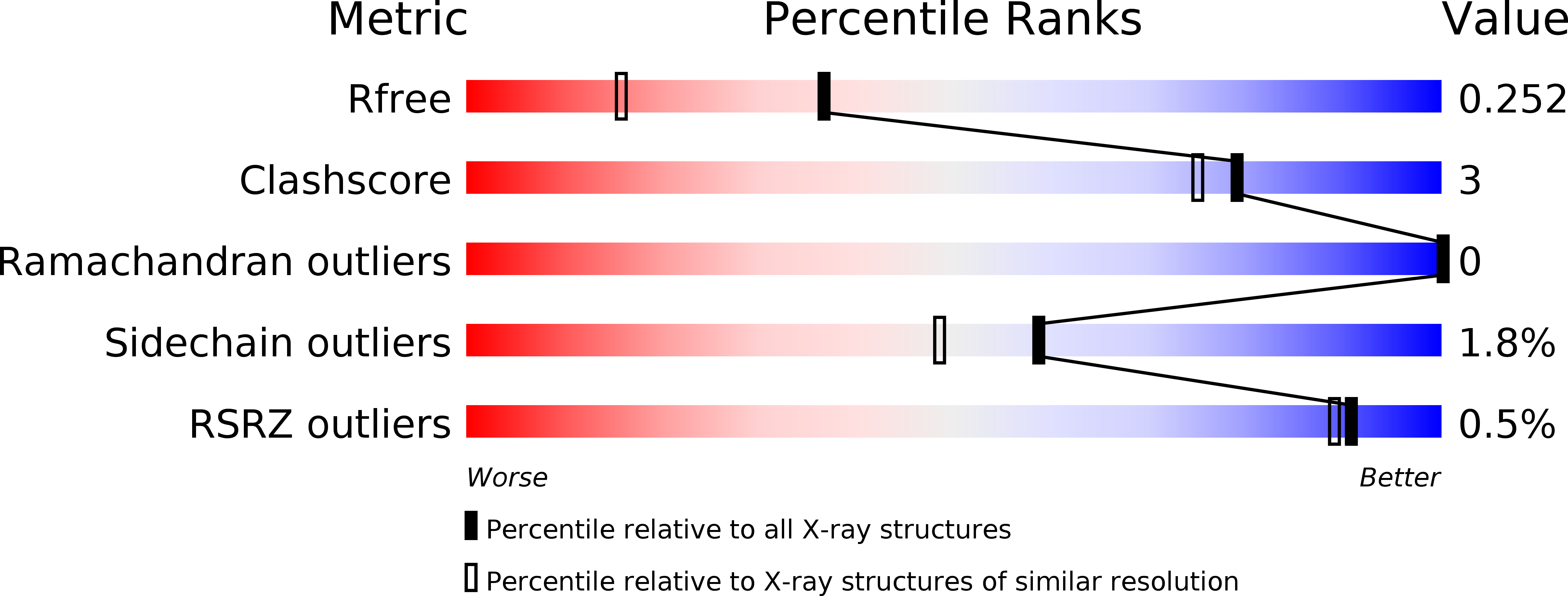
Deposition Date
2016-07-11
Release Date
2016-07-27
Last Version Date
2023-10-04
Entry Detail
PDB ID:
5KTC
Keywords:
Title:
FdhC with bound products: Coenzyme A and 3-[(R)-3-hydroxybutanoylamino]-3,6-dideoxy-d-galactose
Biological Source:
Source Organism:
Acinetobacter nosocomialis (Taxon ID: 106654)
Host Organism:
Method Details:
Experimental Method:
Resolution:
1.80 Å
R-Value Free:
0.24
R-Value Work:
0.19
R-Value Observed:
0.19
Space Group:
P 41 21 2


